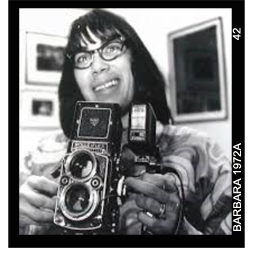
Excerpt from: How black slaves were routinely sold as ‘specimens’ to ambitious white doctors”
Stephen Kenny, Lecturer in 19th and 20th-century North American History at University of Liverpool

‘Unknown enslaved sufferer’. Waring Historical Library, Charleston
When an elite white enslaver-physician, Charlestonian Elias S. Bennett, published notes recalling the case of a truly extraordinary tumour afflicting a young female slave on the family’s James Island plantation, his narrative revealed much about the opportunities for human subject research under American slavery.
Bennett recalled an unnamed female patient-subject who had developed “a small tumour the size of a ten cent piece” behind her right ear when she was just four weeks old. In 1817, when Bennett was training to become a doctor and “anxious to perform an operation”, he, together with a fellow physician-apprentice, made a disastrously crude surgical attempt to explore and remove this growth.
In an era prior to anaesthesia and asepsis, this type of surgical intervention was extremely dangerous – especially when undertaken by two unsupervised medical apprentices – who took liberty of an opportunity presented by an extremely vulnerable enslaved child. As Bennett remembered, the child suffered a great deal of “inflammation” as a result, and only “by very close attention” did she recover “in six to eight weeks” – the plantation/labour camp’s seclusion providing perfect cover for what would prove to be a major medical blunder.
Bennett’s crude interference with the tumour, which may have been in a lymph node, was the cause of a severe inflammatory reaction and sudden excessive growth of the lesion. In 1821, when the child was six, Bennett described the tumour as being about the size of an ostrich egg, while in the years immediately prior to her death, his narrative reported that the tumour increased to an enormous, indeed “extraordinary” size. The case report concludes with an post-mortem analysis, or, as Bennett noted in a ghoulish tone, “an imperfect outline of the results furnished by the examination of the tumour, when I obtained the head, or at least so much of it as remained.”
The remains of the enslaved girl’s skull became a pathological specimen in the University of Maryland’s medical museum collection.”
(This was not an unusual story) “White doctors, including those in remote rural locations, routinely sent reports of experiments on slave subjects to medical journals and trafficked black bodies to medical colleges. Medical museums openly solicited black body parts and medical societies relied on black bodies. Students too wrote graduating theses based on the medical manipulation of black “subjects” and “specimens”.”
Under slavery, there was also an extensive network of specialist “negro hospitals”. The grimmest of slavery’s institutions, these hospitals were often sites of risky medical research and were closely linked to “negro traders” anxious to patch up their “stock” for sale. Large numbers of individual doctors routinely advertised in southern newspapers that they would pay cash for black people suffering from chronic disease. The fate of these trafficked medical subjects, of course, assumed the very worst possibilities.
Slaves were generally unable to prevent treatments chosen by their owners and physicians could take enormous risks with the lives of these patients. Those risks were all the greater when doctors were also the owners of the enslaved patients. The opportunities presented by the system of chattel slavery meant that white doctors had at hand an easily accessible population upon which they could execute experimental research programs and develop new tools, techniques and medicines.
Click here to read more articles in The Conversation’s seriesOn Human Experiments.
